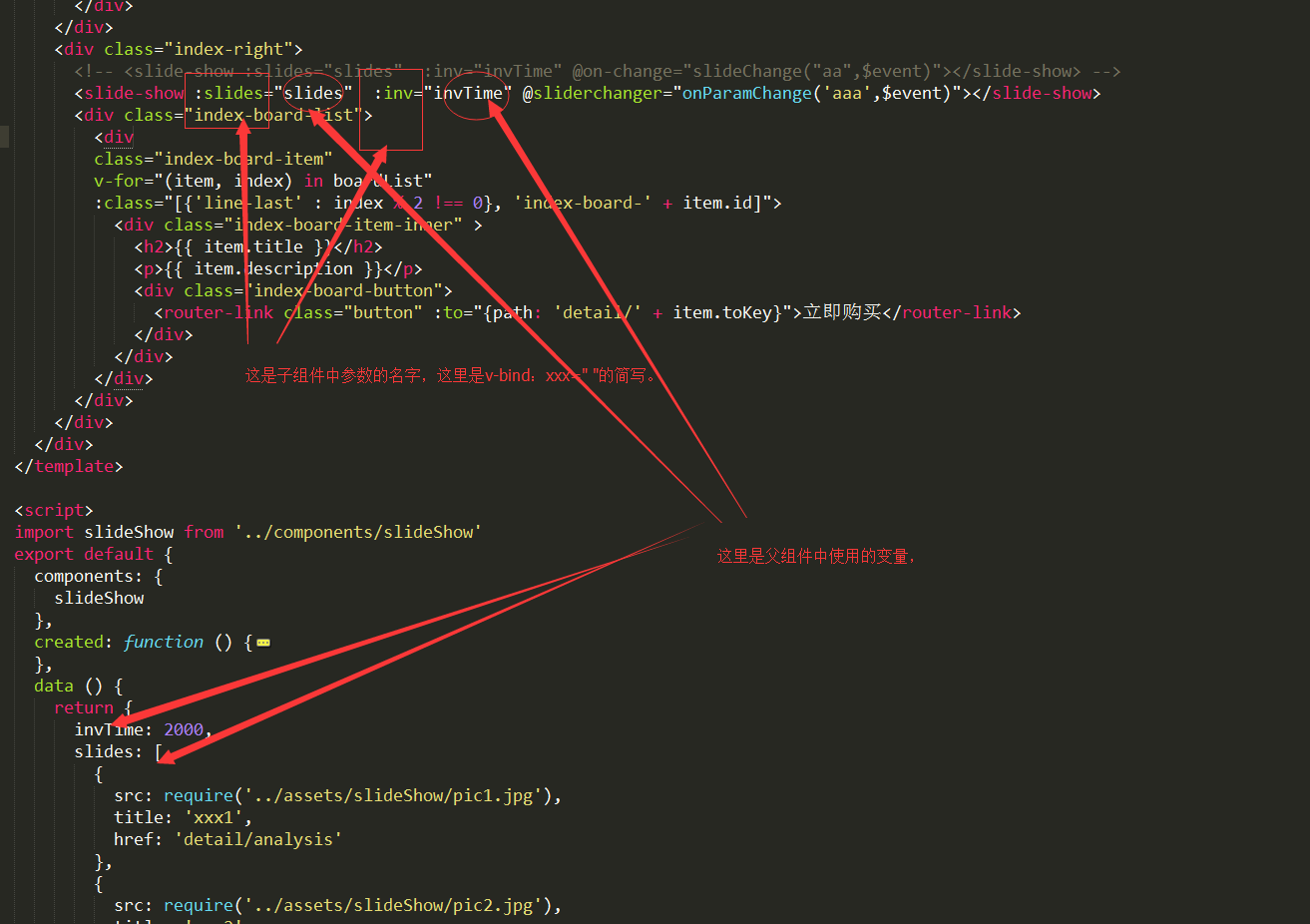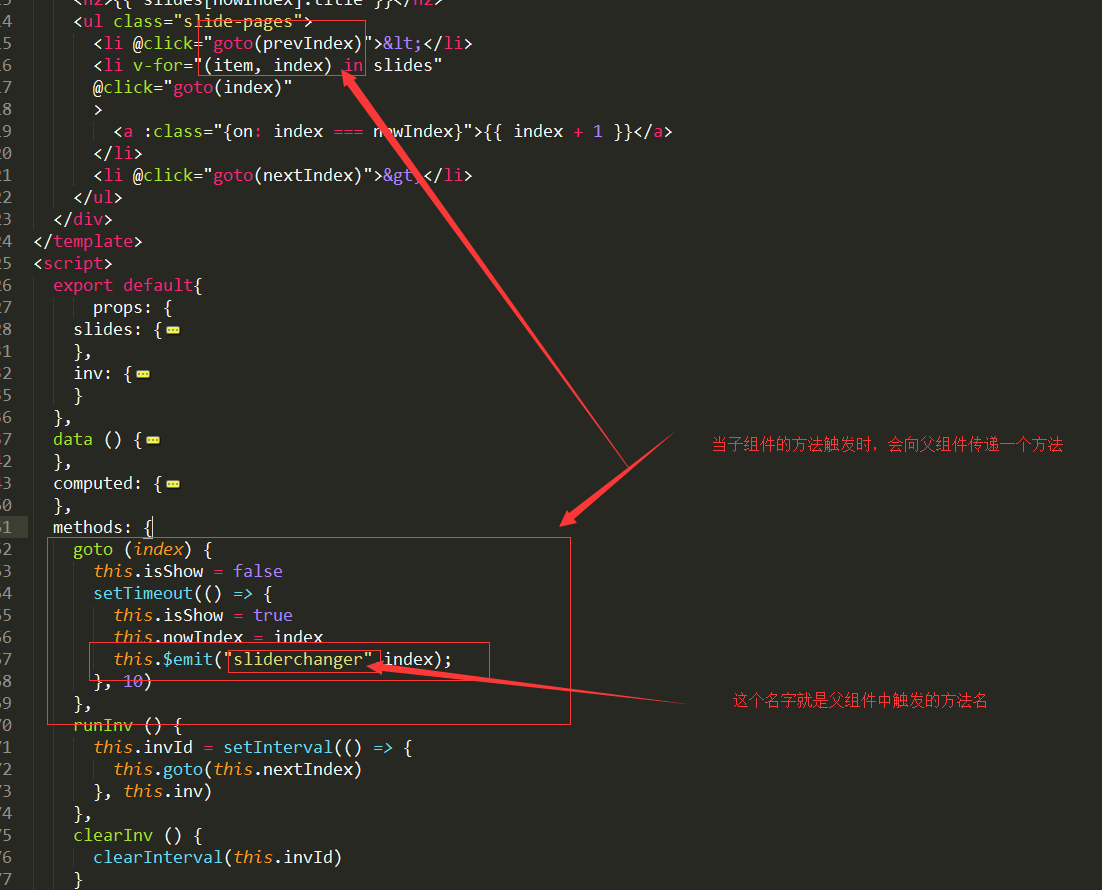1. Creation of components
<template>
<!--vue2.0 Above, when creating a component, there must be a root element in the template-->
<div >
</div>
</template>
<script>
export default {
//The purpose of not directly using the form of reference variable is to avoid that this component does not affect the data when it is used
data () {
return { //Return the data used in the component in the form of function return value
usernameModel: '',
passwordModel: '',
errorText: ''
}
},
computed: { //The function corresponding to the calculation property will be executed when the calculation property only changes
userErrors () {
let errorText, status
if (!/@/g.test(this.usernameModel)) {
status = false
errorText = 'Not included@'
}
else {
status = true
errorText = ''
}
if (!this.userFlag) {
errorText = ''
this.userFlag = true
}
return {
status,
errorText
}
},
passwordErrors () {
let errorText, status
if (!/^\w{1,6}$/g.test(this.passwordModel)) {
status = false
errorText = 'Password is not 1-6 position'
}
else {
status = true
errorText = ''
}
if (!this.passwordFlag) {
errorText = ''
this.passwordFlag = true
}
return {
status,
errorText
}
}
},
methods: {
onLogin () {
if (!this.userErrors.status || !this.passwordErrors.status) {
this.errorText = 'Some options failed'
}
else {
this.errorText = ''
this.$http.get('api/login')
.then((res) => {
this.$emit('has-log', res.data)
}, (error) => {
console.log(error)
})
}
}
}
}
</script>
<!--scoped Indicates that the current style is only valid for this component -->
<style scoped>
</style>
2. Use of components

3. Communication between parent and child components
The data is passed from the parent component to the child component by props,
In the parent component: 
In the subcomponent: 
There are many ways for a child component to pass information to a parent component. Here I use event passing
First, the child passes events and data to the parent 
The parent component should define the corresponding processing function 
4. Global components (not commonly used)
